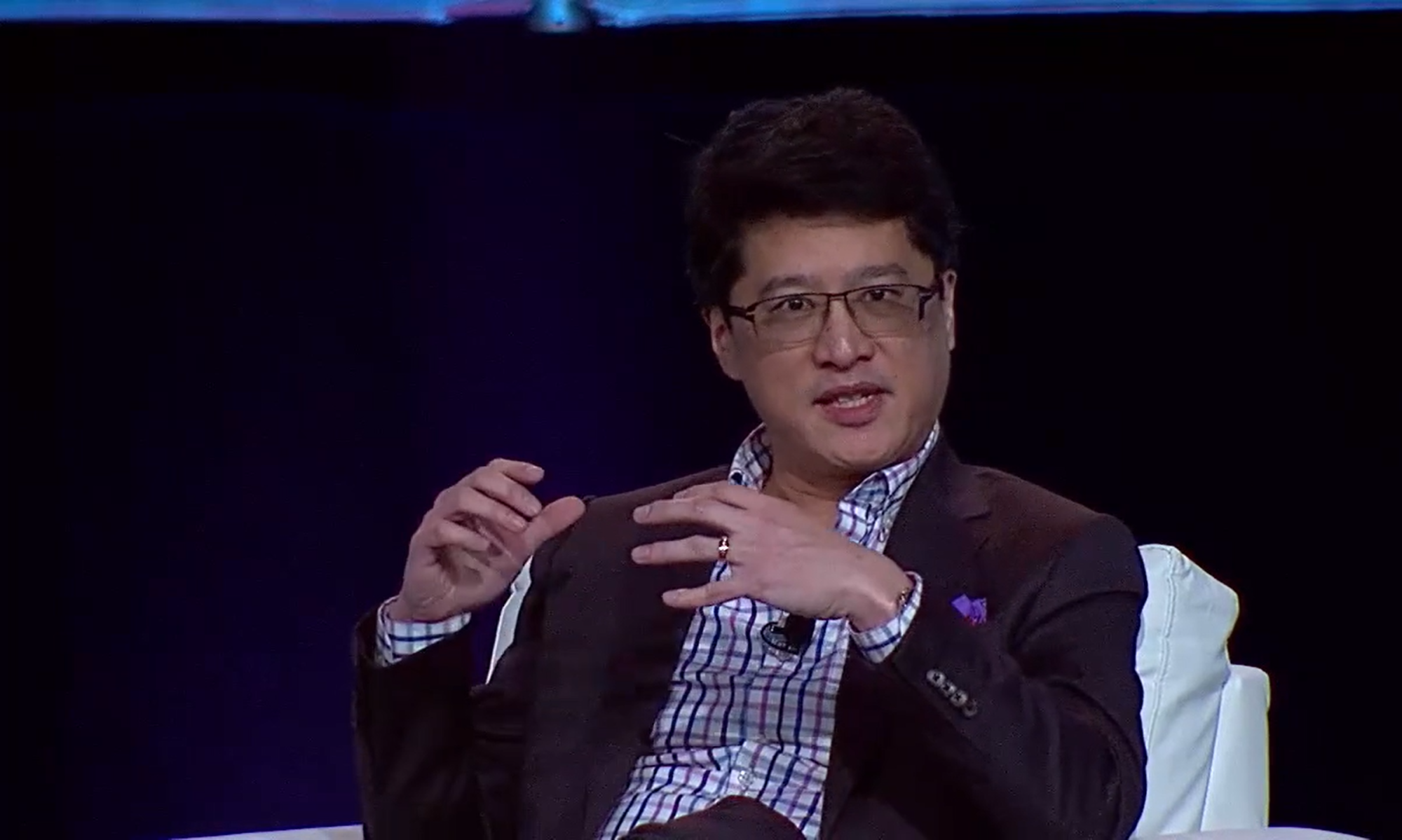Charlene Li, founder of the Altimeter Group and co-author of the bestselling book Groundswell, was generous to include me on her distribution list for an advanced reading copy of her new book Open Leadership: How Social Technology Can Transform the Way You Lead. Open Leadership both motivates and provides an excellent framework & toolkit for changing and opening up an organization through support of social technologies. In this post I overview key elements of the book and my favorite contributions to the business & leadership book landscape.
Charlene Li describes “open leadership” as “about how leaders must let go to gain more.” Stepping aside from Open Leadership’stable of contents, I created a one-slide summary figure (sort of like a “cheatsheet”) to help describe the key concepts. While the figure doesn’t capture every element of the book, I think the figure focuses on the key areas a company must address when designing and implementing social technology-based strategy.
I see her book as tying together five key areas:
- Openness Strategy and Design – This part of the book covers an audit of where your company is at in terms of openness. This part also frames open strategy in terms of four objective areas (applicable to company/brand/product) of learn, dialog, support, and innovate and increasing levels of engagement with constituents. I like this part of the book particularly because it starts to weave together marketing, branding, social technologies, and the fringes of innovation.
- Benefits & ROI – For those that have read Groundswell, this part is similar in that it covers some qualitative and quantitative models for using social technologies. One area where the book goes further is in its segmentation of these models by the learn, dialog, support, and innovation objectives outlined in the openness strategy section. Here I see the models as inspirational and thought-provoking as opposed to being ready off-the-shelf. Readers should draw learnings from these and figure out how to best adapt for their specific management context (as there are a mixture of top-down and bottoms-up quantitative analysis and numerical sensitivity issues). Charlene provides some additional perspectives on customer lifetime value and net promoter score, the latter which is a personal favorite for tying brand management and social technologies together in an instructional context (e.g., business school curricula).
- Openness Covenants – This part of the book covers social media guidelines and policies. Covenants are about how an organization defines the “safe area of the sandbox to play in”. The use of checklists and case examples makes for a nice reference and workbook to drive an organization’s development process.
- Openness Orchestration – I found this part of the book to be one of the most important areas of the book. Because the use of social technologies involves openness across the entire organization (sometimes cutting across isolated departments and functions) this book provides a nice treatment of thinking about customers and constituents, specific workflow areas (e.g., customer service, marketing), and organizational models (e.g., centralized, distributed) and tradeoffs for implementing.
- Organizational Change – There are sections of the book dedicated to nurturing organization change, and this involves mindsets and traits, leadership assessments, and something Charlene Li calls the “failure imperative”. While organizational change is a “soft” topic in many texts, Charlene Li does a nice job reconstructing a variety of real-life case examples of how companies and individuals failed in specific situations related to social technologies. Some of the companies and individuals managed to pick themselves up, re-adapt, and succeed eventually. Similar to use of social technologies, effectively dealing with failure is something core to innovation, improvisation, and leadership. So the sections covering organizational change are a nice wrap to the book and provides concrete inspiration from which to draw.
Open Leadershipserves as an excellent, end-to-end process toolkit and is well-suited for corporate executives, marketers, business information technology professionals, and management consultants looking for leadership frameworks supported by social technologies. Treatment of the subject is just above the technology-evaluation level (which would include determining whether technologies such as BuzzMetrics, Yammer, Radian6, Communispace, Umbria, Twitter, WordPress, and Facebook are appropriate).
